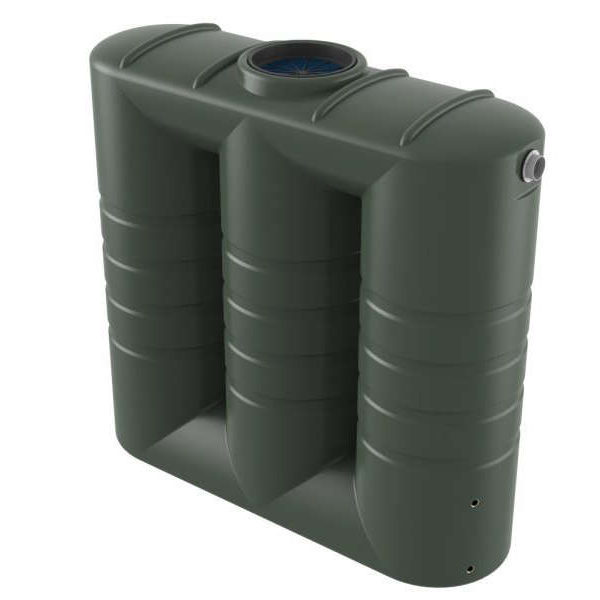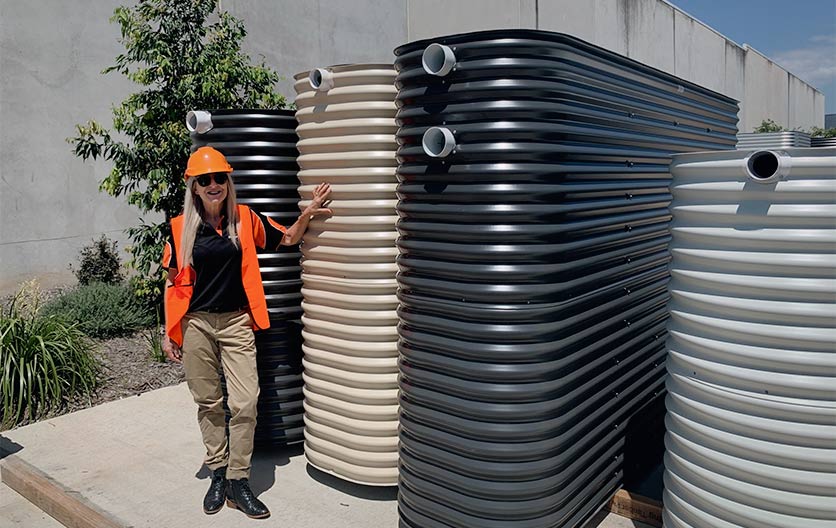Top Reasons to Invest in Slimline Water Tanks for Your Home
Top Reasons to Invest in Slimline Water Tanks for Your Home
Blog Article
Exploring the Numerous Uses Rain Tanks for Residential and Commercial Qualities
As the worldwide concentrate on sustainable living methods remains to increase, the utilization of rain containers in both residential and business setups has become an important service. These tanks use a storage tank for rainwater harvesting, offering a myriad of prospective applications that extend much past simple storage space. From irrigation to toilet flushing and landscape design, the versatility of rainwater storage tanks is huge. Additionally, their combination into industrial buildings opens a world of opportunities for eco aware companies. The multifaceted uses of rain tanks provide a compelling case for their adoption, not only as a useful water-saving procedure yet additionally as a testimony to responsible source monitoring.
Benefits of Using Rain Tanks
Using rainwater containers provides numerous benefits for both homes and areas in terms of water conservation and sustainability. Among the key advantages of utilizing rain storage tanks is the significant decrease in reliance on keys water - Slimline water tanks. By catching and storing rain for later use, people and communities can reduce their demand for treated water, inevitably alleviating the burden on water therapy facilities and reducing power intake connected with water transport and therapy
Furthermore, rain harvesting with containers offers a reliable different water source throughout times of water constraints or lacks. This saved rainwater can be utilized for different non-potable objectives such as irrigation, purging commodes, and washing clothes, lowering the strain on conventional water resources. In addition, using rainwater tanks can lead to set you back financial savings for both households and communities by reducing water costs and lowering the need for costly facilities developments to fulfill expanding water demands.
Fundamentally, the usage of rain containers supplies a lasting and eco-friendly strategy to water monitoring, profiting both individual customers and the wider community in regards to water preservation, cost-efficiency, and strength.
Rainwater Container Use in Watering
Provided the advantages of rain containers in conserving water sources and decreasing reliance on mains supply of water, a considerable application depends on using kept rainwater for irrigation purposes - Slimline water tanks. Rain collecting systems can effectively collect and store rain, giving a lasting water resource for watering gardens, lawns, and farming areas. By making use of rain for irrigation, property proprietors can minimize their reliance on treated water resources, bring about set you back savings and environmental benefits

One of the main benefits of using rain for watering is its purity. Rainwater is normally soft and free from the chemicals and additives commonly found in mains water, making it excellent for nourishing plants without the danger of dangerous effects. Furthermore, rain goes to ambient temperature level, which can benefit plant growth by preventing temperature level shocks that can accompany cold mains water.
Rainwater Storage Tanks for Commode Flushing

Implementing rain tanks for commode flushing is an economical and eco-friendly method that can be conveniently integrated right into both property and commercial buildings. The kept rain can be utilized to purge bathrooms by attaching the container to the existing plumbing system. This straightforward yet efficient remedy can considerably decrease water intake link in a structure, image source especially in areas where water deficiency is a problem.

Integrating Rainwater Tanks in Landscape Design
These storage tanks can record and keep rain overflow from roof coverings, which can then be made use of for watering yards, lawns, and plants. By making use of rainwater for watering purposes, residential property owners can minimize their dependence on community water resources, leading to cost financial savings and preservation of valuable water sources.
Along with supplying a lasting water source for landscape design needs, rainwater containers can also assist in taking care of stormwater runoff. By catching rain that would certainly otherwise stream right into storm drains, these containers can mitigate erosion, minimize flooding threats, and avoid contamination of all-natural water bodies. Incorporating rainwater storage tanks in landscaping can contribute to the general visual allure of the residential or commercial property, showcasing a commitment to environmental stewardship.
Industrial Applications of Rain Containers
Making use of rain containers in business setups offers a sustainable solution for water management and conservation, profiting organizations and the atmosphere alike. Commercial applications of rainwater storage tanks vary and increasingly preferred due to the cost financial savings and environmental advantages they provide. One vital business usage is for watering objectives, where gathered redirected here rainwater can be utilized to water landscaping, gardens, and farming areas bordering industrial properties. This can bring about substantial decreases in water expenses and reliance on municipal water sources.
Additionally, rainwater gathered in containers can be dealt with and used for non-potable functions within industrial properties, such as flushing toilets, cleaning, and cooling systems. Generally, the unification of rainwater tanks in industrial settings provides a sensible and eco responsible approach to water administration.
Final Thought
From irrigation to commode flushing and landscape design, the usage of rainwater tanks can assist conserve water resources and minimize water expenses. In general, the versatility and sustainability of rainwater containers make them a useful financial investment for any property proprietor looking to raise water effectiveness.
Report this page